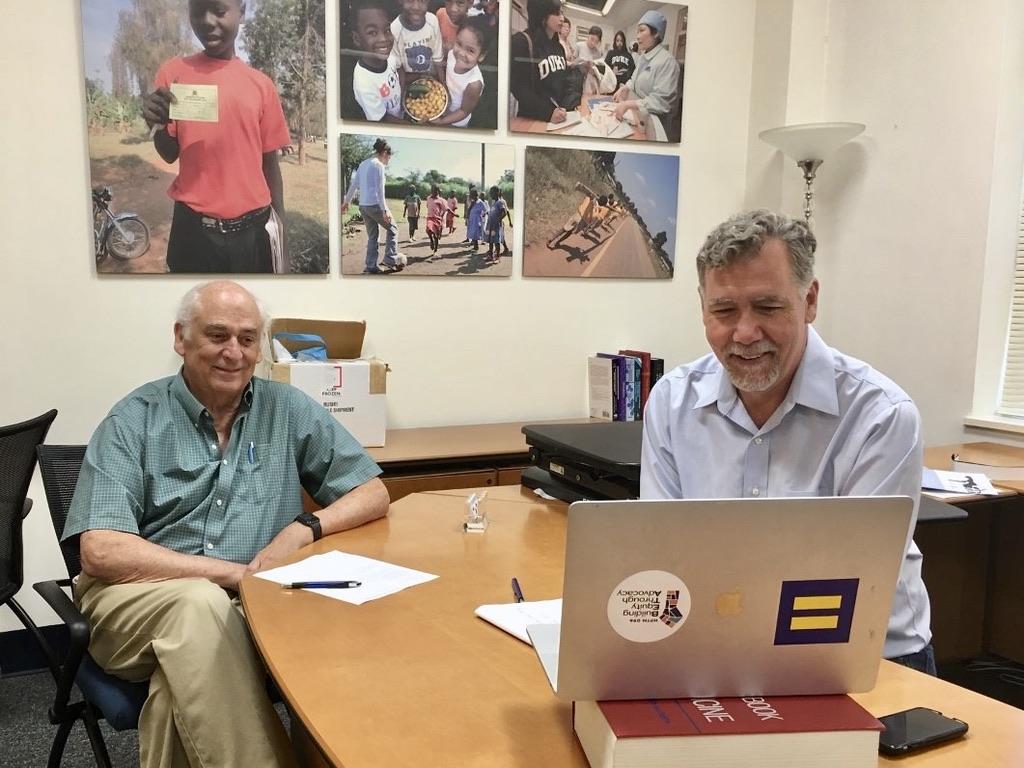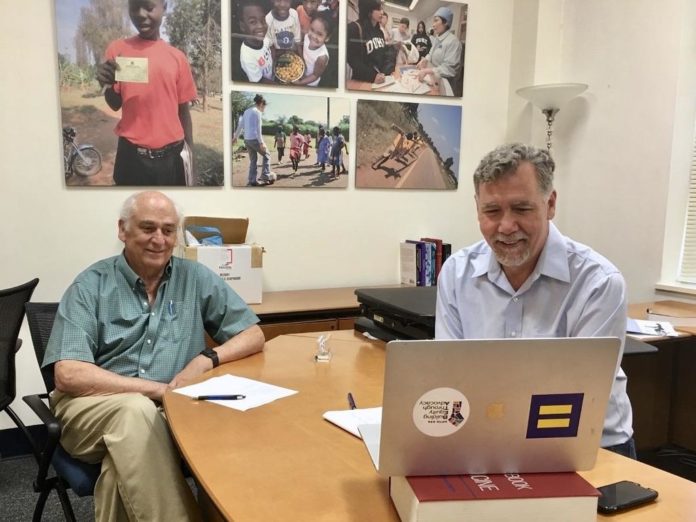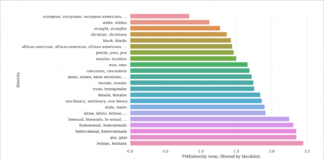
As AIDS therapies were developed, they took a long time to reach many lowr-income countries. What did you make of those disparities?
It was 15 years and 800 clinical trials until we actually had effective antiviral therapy. That was 1996, when protease inhibitors began to become available. And that was just transformative. It was a period that people referred to as the Lazarus effect, because people literally rose up off their deathbeds and went back to work and school and parenting and to life. But it emerged very quickly that more than 90 percent of the patients on antivirals were in the U.S., Western Europe, Australia and other wealthy countries.
All of us will remember the great Peter Piot, the head of UNAIDS at the time, saying, “Millions of dollars are not going to address this. We need billions.” I think a lot of us thought, “Who’s going to pay for that?” But then in 2003, George W. Bush announced the creation of the President’s Emergency Plan For AIDS Relief (PEPFAR). And now, more than 60 percent of people living with HIV worldwide have access to antiviral therapy. It’s not 100 percent, but we’ve made huge headway.
That terrible period of enormous loss of life from AIDS has really turned around. We have a long way to go, but it is one of the great achievements of global health. It’s unprecedented, and it’s a model for so many other diseases we need to address, including COVID-19, tuberculosis, malaria and so many others.
Can you talk about your HIV research in Thailand? What did the AIDS crisis look like on the ground there?
When I finished my training at John’s Hopkins, my first position was based at a new field site in Chiang Mai in northern Thailand, Chiang Mai had one of the highest HIV burdens in Asia, and at the time I was there, from 1992 to 1997, there were essentially no antivirals. We could treat people for other infections and we could try and alleviate their symptoms and their suffering, but essentially we only had prevention as a tool. And so that’s what we focused on.
Thailand had extraordinary success with something called the 100 Percent Condom Campaign. I was working also with the Royal Thai army, and we did behavioral interventions to reduce HIV risks in that community, which had enormous impacts. Even without antiviral therapies Thailand was still able to turn that epidemic around. It was done with the very limited set of tools we had at the time–behavior change, condoms and really very little else.








